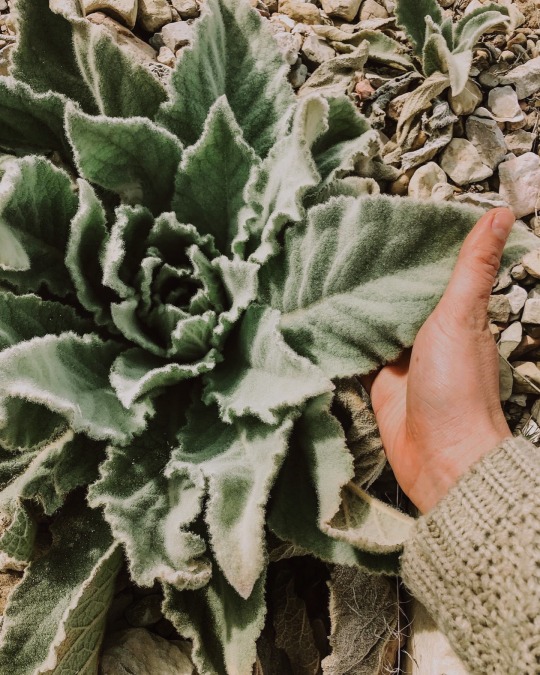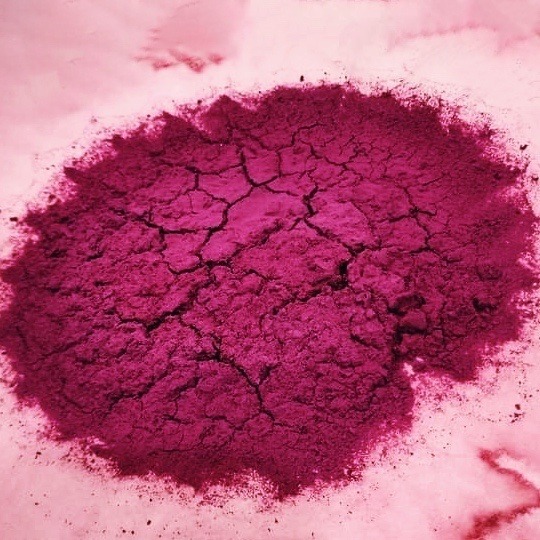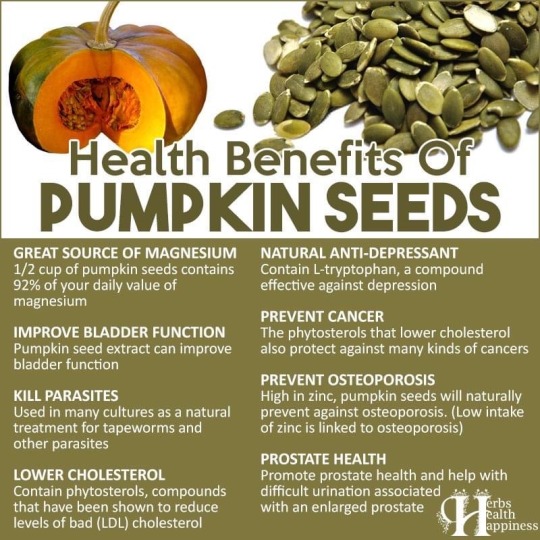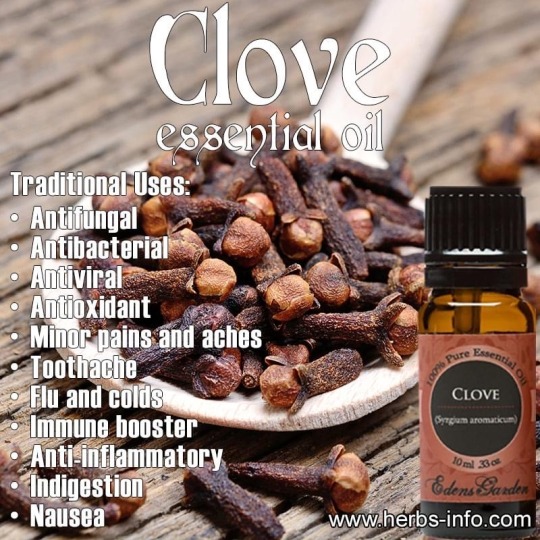Text
Herbal Pet Hazards
Just because a plant/herb is safe for you to us, it's not necessarily safe to use for or around animals. In addition to the plant itself, herbal products like salves may be made with things that are not good for pets to ingest, which they will likely try to do by grooming. Other things, like essential oils, almost all of which need to be heavily diluted before human use, may be even more toxic to cats and dogs due to their smaller size. Before using any herbal product on an animal, consult a veterinarian, and look up the specific ingredients, even if they aren't listed here.
While it makes sense to do your homework before trying to treat your pet's ailment, it is also crucial to remember that your animals may also be indirectly exposed by smoke from burning herbs and incense, diffusion from oil diffusers, powders left out etc. Too many TikTok witches are burning pet-toxic plants around their cats and dogs. Stop it!
Cats and dogs are the most common household animals, so I will focus on those except where indicated. If you have any other free-roaming animals in your house, make sure you look up their specific needs.
Most lists of "pet-toxic plants" focus on ornamental and houseplants. There are far too many of these to list, so I will stick to plants that have use in herbalism and/or show up often in green witchcraft. The ASPCA maintains a large database of toxic and non-toxic plants to dogs, cats, and horses, which I recommend anyone with pets check: Toxic and Non-Toxic Plants
The toxicity of these plants is not equal across the board. Many of the ornamental plants are also toxic to humans, though not many of us are in the habit of chewing the foliage. Some will cause minor mouth and GI irritation, some will cause kidney failure in high doses, others are fatal with even small amounts. Carnations, for instance, are a mild GI irritant for animals, while castor beans are fatal in very small amounts (and to humans as well). Catnip is listed as toxic to cats because of its psychoactive effects, but nonetheless it is a popular and usually-safe ingredient in many cat toys -- remember, the dose makes the poison! It also depends on the part of the plant ingested and at what time in the plant's life cycle. Apple fruit is non-toxic, while the seeds are toxic if eaten in high enough amounts, and the stems and leaves are most toxic when they are in the process of wilting. Anything that is toxic to humans should also be avoided.
Some are particularly dangerous in essential oil form, like tea tree oil. If you have animals around, it is important to be aware of the hazards associated with anything you use in the environment, including in essential oil diffusers, as sprays (check your natural bug repellants and cleaning supplies!), as incense, burned in candle rituals etc. The ASPCA Animal Poison Control Center says that essential oil diffusers can be used in homes with pets (without pre-existing health conditions like breathing problems) as long as they are not used long-term or in small areas where animals may have greater exposure, are properly diluted (which you should be doing regardless of whether there are animals around, but you may need to dilute them even further, and make sure the carrier oil is pet-safe), and are located in a safe place where pets cannot knock them over. They also remind pet owners that animals have much more sensitive senses of smell than humans, and even if it is not directly harmful to their health, the scents can certainly make pets uncomfortable. [1]
The Pet Poison Helpline lists some symptoms of common essential toxicities in dogs and cats: Dogs Cats
For essential oil exposure, Cabbagetown Pet Clinic gives the following instructions:
"If the product was inhaled, take them into fresh air immediately.
If ingested, Do NOT induce vomiting or give them activated charcoal. This puts your pet at risk because essential oils can stick to the lungs and airway leading to lung inflammation or airway obstruction.
Put the product and packaging in a sealed bag and bring to the clinic or emergency hospital.
If your pet gets oil on its skin or fur, wash it off as quickly as possible using hand dishwashing soap." [2]
The ASPCA website linked at the beginning is a good tool, searchable by toxic/non-toxic to dogs, cats, and horses, and you can find information about the type and symptoms of toxicity for each entry.
Plant Groups to Avoid in General:
Amaryllidaceae (amaryllis and onion) family - amaryllis, daffodils, crocus, some false lilies, onion, garlic, chives etc
Apiaceae family (carrot) family - cow parsnip, poison hemlock, Queen Anne's lace, dogbane, parsley, lovage etc
Araceae (arum) family - jack-in-the-pulpit, skunk cabbage, lords-and-ladies, taro, wild calla lilies etc
Cannabidaceae (cannabis) family - marijuana, hops etc
Euphorbia (euphorb) family - poinsettia, many potted plants
Iridaceae (iris) family - iris, flag, gladiolus etc
Liliaceae (lily) family - true lilies,* leeks, tulips etc
Prunus (stonefruit) genus (leaves/stems/seeds esp in wilting) - peach, apricot, cherry etc
Solanaceae (nightshade) family - nightshades, tomatoes, eggplant, peppers etc
Plants with Toxicity to Cats and/or Dogs:
Aloe
African violet
Alyssum
Bamboo
Basil
Bay laurel
Black haw
Black walnut
Borage
Buckeye
Buckwheat
Buttercup
Carnation
Castor bean
Clover
Crocus
Daisy
Dock
Epazote
Eucalyptus
Fig
Figwort
Fleabane
Foxglove
Hawthorn
Hellebore
Holly
Ivy
Larkspur
Laurel
Lemongrass
Lobelia
Locust
Macadamia
Marijuana
Mayapple
Mistletoe
Morning glory
Nasturtium
Oleander
Oregano
Periwinkle
Peony
Prickly ash
Primrose
Purslane
Ragwort
Rhubarb
Shamrock
St Johns wort
Sweet pea
Tobacco
Yarrow
Yew
Essential Oils with Toxicity to Cats and/or Dogs:
Anise
Camomiles (all kinds)
Caraway
Cinnamon
Citrus
Clove
Juniper
Lavender
Lemon verbena
Lovage
Marjoram
Mint
Oregano
Pennyroyal
Pine
Tarragon
Tea tree
Wintergreen
Ylang ylang
*There are a lot of common ornamental and houseplants with the common name of 'lily.' Most of these are not true lilies (genus Lillium); however, they are pretty much all toxic. If it has 'lily' in the name, it's probably a safe bet that your pets should not eat it. You probably shouldn't eat it, either, but I'm not the boss of you.
Sources
https://www.aspca.org/news/essentials-essential-oils-around-pets
https://cabbagetownpetclinic.com/2020/03/02/how-essential-oils-can-affect-your-pets-health/
10 notes
·
View notes
Text

Bayleaf
Also known as : Laurel, Sweet Bay, Victor's Laurel
Scientific Name : Laurus nobilis
Identification : Evergreen Shrub or Tree with leathery dark green leaves. Small yellow flowers and shiny black berries.
Properties : Antiseptic, Antifungal, Mild Sedative, Anti-dandruff, carminative, cholagogue , digestive, diuretic, nervine, and vermifuge, It contains 10 anti-bacterial chemicals.
Uses : Diabetes (It boosts insulin to balance blood sugar), Migraines, Chest infections, Pain Relief, culinary, Cancer, Dandruff and blood pressure.
Try It : Placing a bay leaf under your pillow on the new moon is said to lead to prophetic dreams. Interestingly the priestesses of Apollo went one stage further and chewed the leaves for an extra kick.
Warnings : Never ingest the oil. Patch test the oil as it can cause Contact dermatitis. Sadly some people have died from perforation their intestines with fragmented bay leaf, always remove the leaves before eating the dish. Mountain laurel (Kalmia latifolia), cherry laurel (Prunus laurocerasus) and West Indian bay (Pimento racemosa) are highly toxic and should not be ingested
Parts used: Berries, Leaves and Seeds
Magic : Divination (The Delphic Oracle used Bay), Protection (neither poisoners nor witches can harm those who carry bay)
Planet : Sun
Element : Fire
Deities : Apollo, Aesculapius, Ceres, Eros.
Folklore and History: Highly valued by the Ancient greeks and romans it was used as a medicine, as a tea or bath fragrance, a spice in cooking and for decoration. For the festival of Saturnalia (Roman winter solstice) the leaves were picked and twisted with holly to make garlands. Greek students would take the berries to help them study as they are a good stimulant. Lighting is not supposed to land where it is planted. In the 17th century it was carried as a protection against black magic. Today it is used as a fragrance in toothpaste.
Plant Tips : Growing well in almost any soil type it just needs to be well drained. It is very slow growing, so if you are using a pot you will need to use a fertilizer.
For Refences and bibliography please click here
Click here for me index
If you like my guide don't forget to like and follow.
67 notes
·
View notes
Text


drying bundles - one of my most trusted and reliable friends, mullein. we use her for eeeeeverything: treating minor respiratory ailments (drink as a tea or smoke it), as a pain reliever for my littles’ teething + ear infections, and as a sleep + happy dreams aid 🌿
131 notes
·
View notes
Text


my first attempt at making lake pigments (i.e. hyper-concentrated dried dye) was a screaming success. started out w extracting color from cochineals [that i harvested myself this past summer from nopalli & huitznahuac on the rez in new mexico!] via a day long soak then a simmer, added alum + washing soda to the liquid and let it sit until the sediment settled on the bottom. next, i strained the sediment and painted thin layers of it on coffee filters which were left in a warm spot (no sun!) to dry out completely. once dry, i cracked the hardened dye off the filters and ground it into a powder w my pestle. if any of the remaining liquid still has color to it, you can repeat the steps until it runs completely clear. the jar on the right is the original lake pigment and the jar on the left was the pigment rendered on the second & third cycles.
you can use lake pigments to make dye baths for fibers and you can use them to make your own paint. it saves so much space and is practically zero waste.
folk! magic! 🕊
i’m tellin’ you. it has always been the real deal.
494 notes
·
View notes
Text
Stress Relief Smoke Blend
Highly recommended when you need to destress. All ingredients are 2 parts except for Damiana. That's 1 part.
Dried Rose
Dried Lavender
Dried Damiana (be careful, known to be hallucinogenic)
Dried Mullein
Dried Passionflower
It's very helpful in emotional and mental relaxation, but as always please speak with a doctor before attempting to use this. Everyone's body is different and needs different things.
21 notes
·
View notes
Text
10 Reasons to Forage for Purple Dead Nettle
Purple dead nettle, Lamium purpureum, is an edible and medicinal plant that's easy to forage. You may have seen this "weed" and not even known!

1. Purple dead nettle is widespread. This makes foraging pretty easy. It's native to Europe and Asia, but has become common in North American gardens, yards, and disturbed places. It can be a fairly inconspicuous plant, but once you start looking for it I'm almost certain you'll see it growing. It sometimes grows in huge patches, making collecting even easier.
2. Purple dead nettle is easy to identify. It's a member of the mint family and is called "dead nettle" because some think it resembles stinging nettle, minus the sting. I don't really think it looks like true nettles, purple dead nettle has a square stem, fuzzy leaves, and purple tops with small pink flowers. They are low growing, only growing up to ~8 inches tall.
3. Purple dead nettle does not have any toxic look-alikes. It may be confused for henbit, Lamium amplexicaule, which is a close relative and other tasty edible plant. The leaf arrangement is different though, henbit leaves are round and surround the stem while purple dead nettle leaves are triangular.
4. Purple dead nettle is a highly nutritious superfood packed with vitamin C, fiber, and lots of antioxidants. The leaves are edible and the purple tops just a little bit sweet. They make a tasty wild greens pesto and addition to other recipes like soups or salads. Use them any way you'd use other leafy greens or herbs.
5. Purple dead nettle has medicinal benefits. It's known for being astringent, diuretic, diaphoretic, purgative, anti-inflammatory, anti-bacterial, and anti-fungal. The simplest way to enjoy its benefits is to make it into an infusion or tea, either fresh or dried. Keep in mind large amounts of purple dead nettle may have a laxative effect.
6. Purple dead nettle can help heal wounds. It can be used externally on wounds or cuts as a poultice or a salve. Here's 3 ways to make a dead nettle salve.
7. Purple dead nettle can help with seasonal allergies. Stinging nettle is well known and used to help with seasonal allergies, while purple dead nettle is not the same plant it too is recognized by some to help with allergies. A tea or a tincture of purple dead nettle mixed with honey can be used for inflammation and allergies.
8. Purple dead nettle can be fed to chickens. It's a nutritious tasty food for them, along with other weeds like henbit and chickweed. You can chop it up and give it to your chickens as a treat!
9. Purple dead nettle is an important species for bees. Bees seem to prefer it over other plants, even dandelions, and it's one of the first flowers to appear in spring. This makes it a vital bee forage, so always leave lots behind for our buzzing buddies when foraging for ourselves.
10. Purple dead nettle can be used to make a natural dye. If you're a fan of natural dyes for yarn or cloth, purple dead nettle is an excellent choice, it makes a gorgeous soft green color. Here's how.
Learn More: https://www.growforagecookferment.com/foraging-purple-dead-nettle/
170 notes
·
View notes
Text


3 notes
·
View notes
Text

0 notes
Text

1 note
·
View note
Text

0 notes
Text

1 note
·
View note
Text

2 notes
·
View notes




